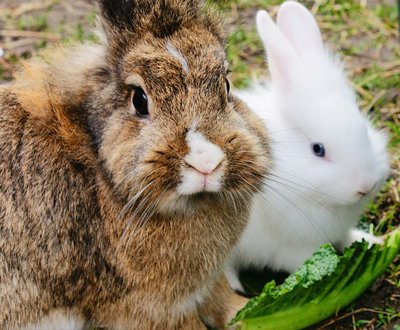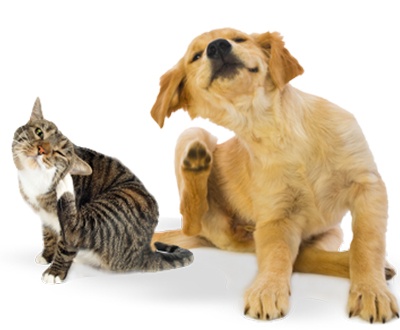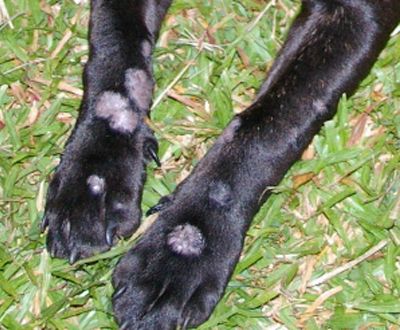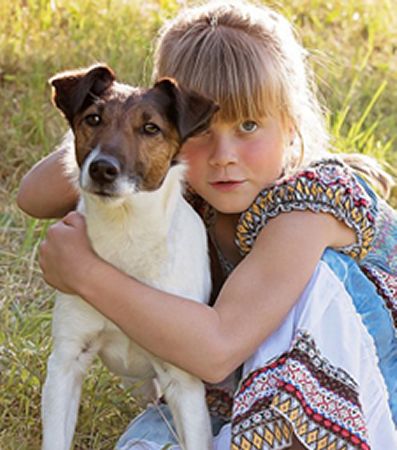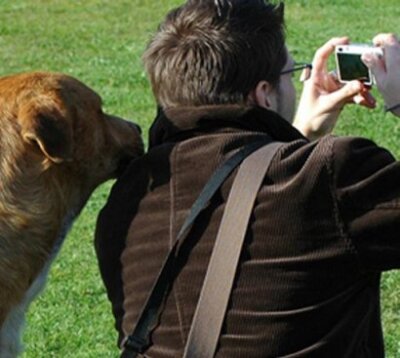
Successful dog breeding requires perfect timing. Bitches come to their breeding peak only about twice a year. So knowing when your bitch is ‘in season’ or ‘on heat’ is essential whether you’re mating her with a specially chosen dog, or artificially inseminating with semen.
For as long as the breeding of dogs has been deliberately managed, breeders have wanted to know the days when a bitch is most likely to conceive. Breeders have watched their bitches for physical signs including bleeding and discharge from the vulva (the reproductive opening) or just when the animal became receptive to the approaches of male dogs.
Microscopic examination of samples from the bitch’s vulva also gave important clues to a bitch’s reproductive state. Cells that line the birth canal change their shape and appearance as the time of ovulation draws near. At ovulation, eggs are released from the bitch’s ovaries to be fertilised by sperm in the semen of a male dog. This needs to happen two to three days after ovulation or the opportunity could be lost for another 6 months.
Monitoring the changes in hormone levels
The time of ovulation is governed and controlled by a balance of hormones secreted into the bloodstream. While these other predictors of ovulation are useful guides, a more direct and precise method would be to monitor the changes in hormone levels.
One of the key hormones in canine ovulation is the hormone `progesterone`. This is made in the ovaries and detected in blood samples. Progesterone levels in bitches 2 to 4 days before the ovaries release their eggs.
Rising progesterone levels and imminent ovulation
The TARGET Canine Ovulation Kit is a simple all-in-one box method for predicting canine ovulation from a bitch’s blood progesterone level. Pre-ovulation, the kit returns a bright blue result. A pale blue colour means quickly rising progesterone levels and imminent ovulation. A clear white result, normally 2 days after ovulation, indicates the ideal time for successful mating or insemination.
High progesterone levels are maintained by the placenta if fertilisation occurs but fall back to their low pre-ovulation state if the eggs are not fertilised and no pregnancy follows. High progesterone levels during pregnancy maintain the blood supply to the placentae feeding the growing pups and preventing premature contractions of the uterus (womb).
About 58 to 60 days into a bitch’s pregnancy, the progesterone levels begin to allow for contractions and birth. If there have been complications, and a C-section birth seems likely, then tracking the falling levels with The TARGET Canine Ovulation Kit will help determine the optimal time for a C-section delivery.

